How to travel light without sacrificing image quality
From lens selection and considering a compact to choosing a DSLR backpack and taking a tripod, here's how to minimise your gear when travelling
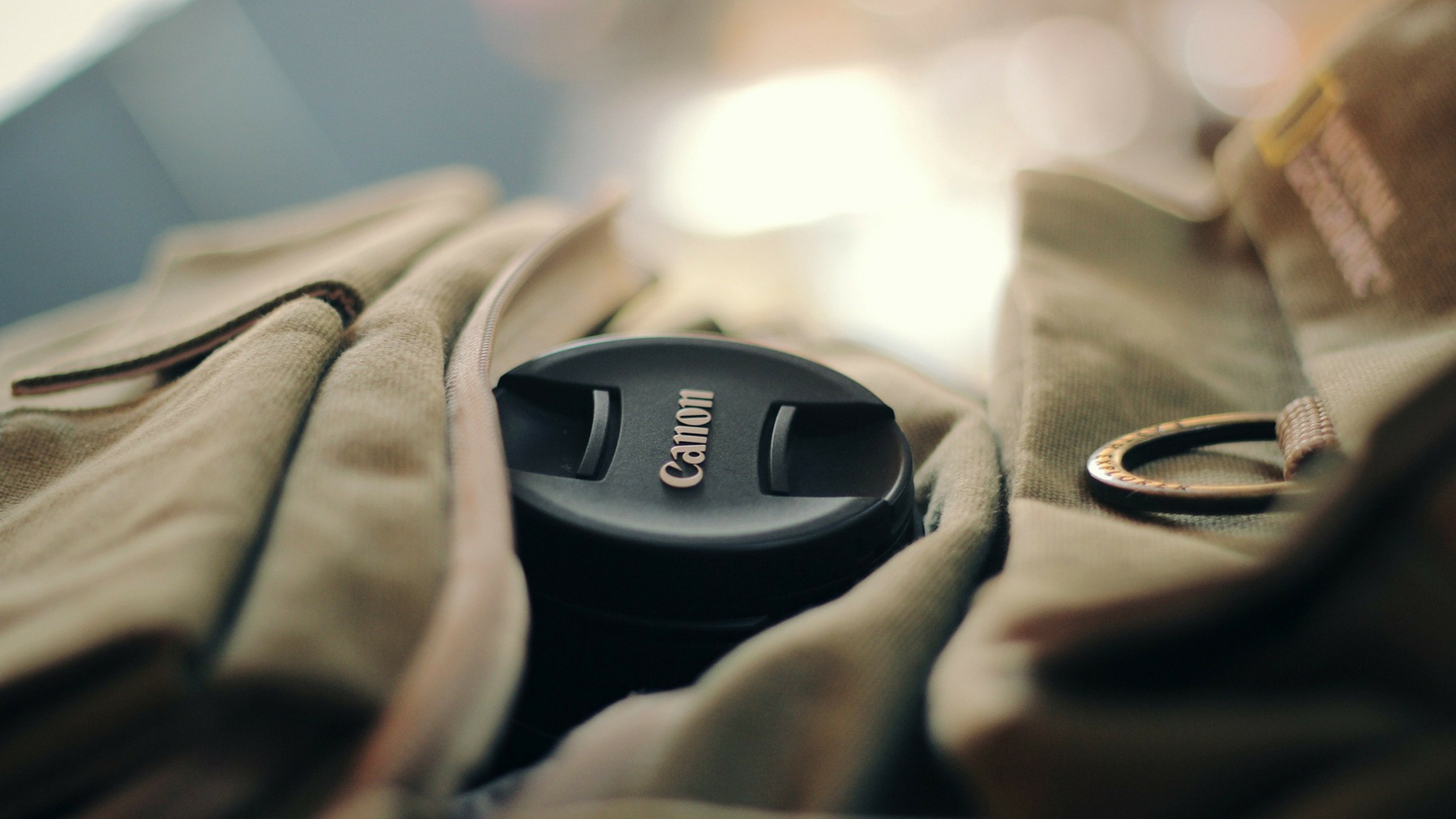
Image: CC0 Creative Commons
Many a camera is dusted off at this time of year to be taken away on a holiday, but when it comes to traveling light, photographers are the worst. Armed with multiple camera bodies and more lenses than they have fingers on both hands, some photographers take far too much gear and end up ruining their own trips.
Photography is there to enjoy, not to endure. The best travel cameras pack all the essential controls into a lighter, more compact body. Besides, weight restrictions on carry-on and check-in luggage mean you need to be prepared ditch all extraneous equipment. The first rule of travel photography? Take one camera body. Some professional photographers might baulk at that, but any amateur photographer traveling with two cameras is almost certainly not getting enough out of either camera.
DSLR lens selection
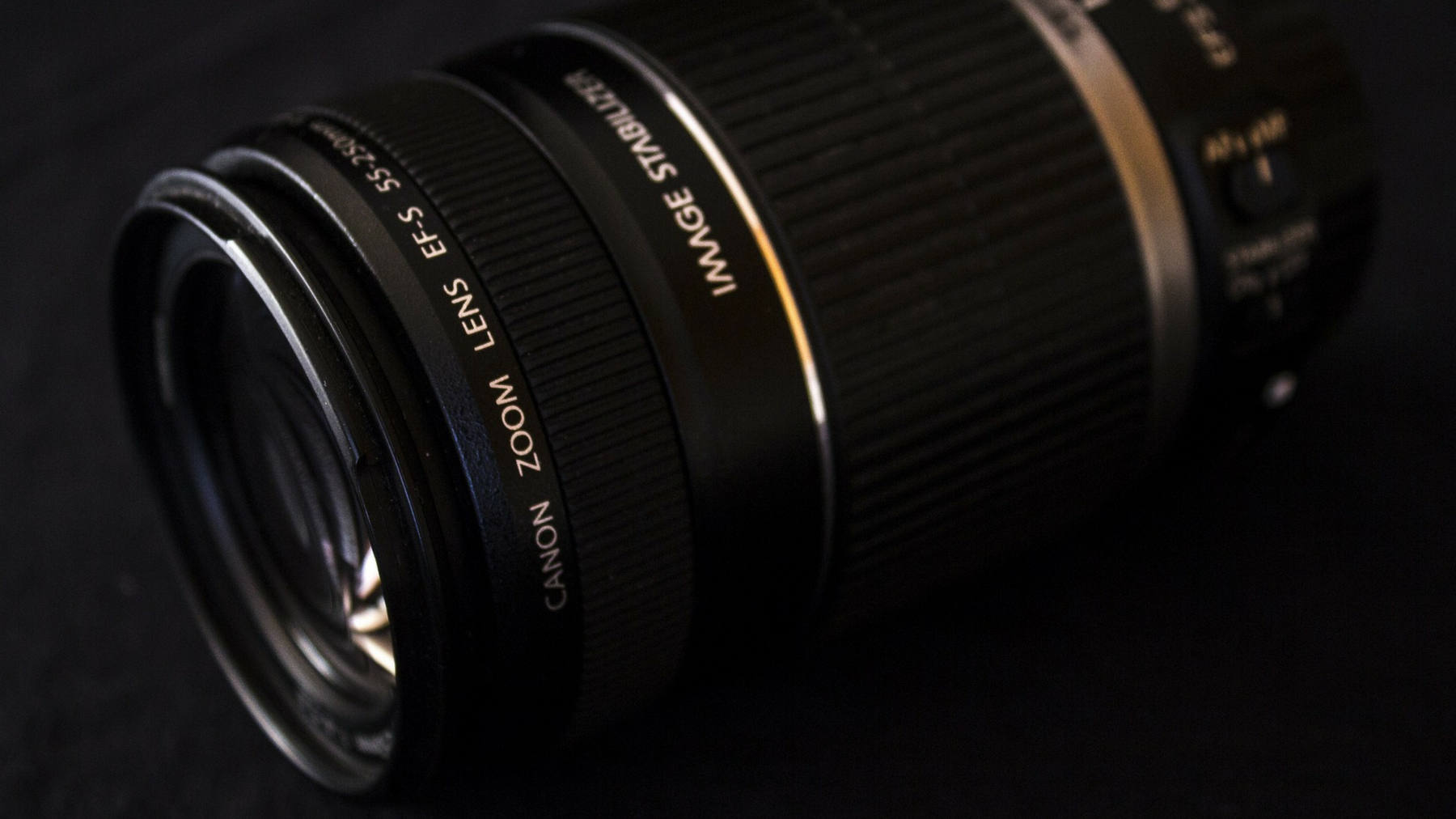
If you're going to travel with a DSLR – and there are a ton of reasons why you should – then commit to not only taking a single camera body, but a single lens too.
There are two kinds of lenses you can opt for: a prime lens or a zoom lens. It's tempting to go for the latter, which can allow you to take both wide-angle shots and close-ups, and if you're going on a safari that's a no-brainer. The ideal travel-zoom lens has a focal length of around 18-200mm, but most photographers not trying to photograph wildlife can get away with something like a 24-105mm optic, which is the ultimate travel-friendly size.
However, while they're versatile, such lenses are all pretty big and heavy. If you really want to cut down on space altogether, go for a prime lens, which has the advantage of being light and easy to travel with.
Of course, prime lenses come with one major disadvantage in that you have to zoom with your feet, rather than with the lens. It forces you to get into position and generally thinking more about the angle you take a photograph from, and like a lot of the restrictions travel photography brings, this can make you a more creative photographer. For instance, you may be traveling to a destination specifically to take night sky shots or the northern lights using an ultra-wide angle lens, but during the day why not try experimenting with landscape shots using that same lens? Think of it as a challenge.
Get the Digital Camera World Newsletter
The best camera deals, reviews, product advice, and unmissable photography news, direct to your inbox!
Compact superzooms and mirrorless cameras
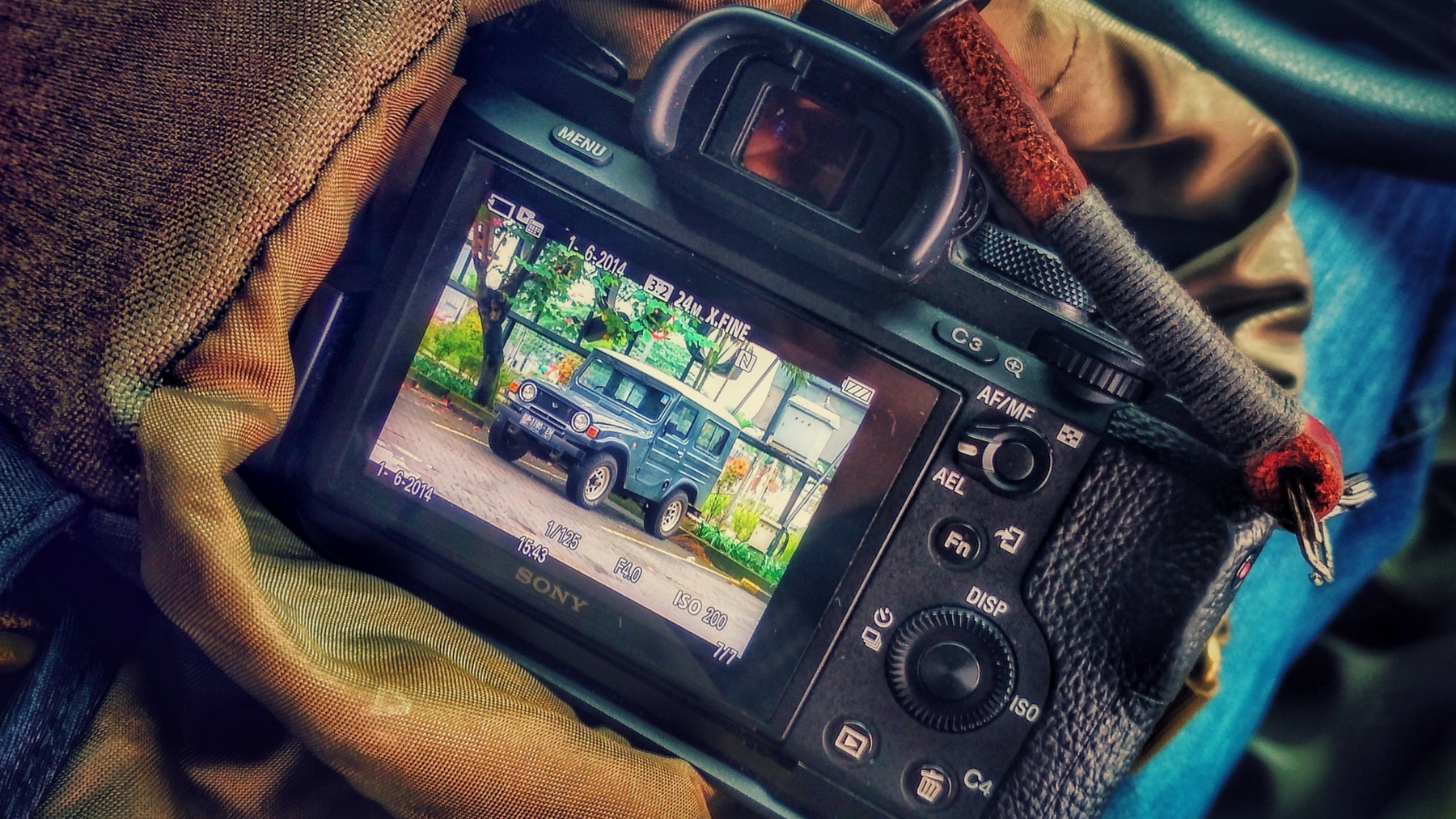
Many photographers are turning to compact cameras with 1in-type sensors and/or mirrorless cameras, largely because of the big weight saving they offer over DSLRs without sacrificing image quality.
Aimed at amateur photographers, compact superzoom cameras with pro-level features include the Sony RX10 III and Panasonic Lumix FZ2000. Expect 1in-type sensors, a 25x optical zoom lens and 4K video recording.
Meanwhile, mirrorless cameras like the Olympus OM-D E-M10 III, Fujifilm X-T20 and Sony A6000 are great all-rounders, and are part of a niche that's seeing more new innovations than any other.
Read more: The 10 best mirrorless cameras right now
Choosing a DSLR backpack
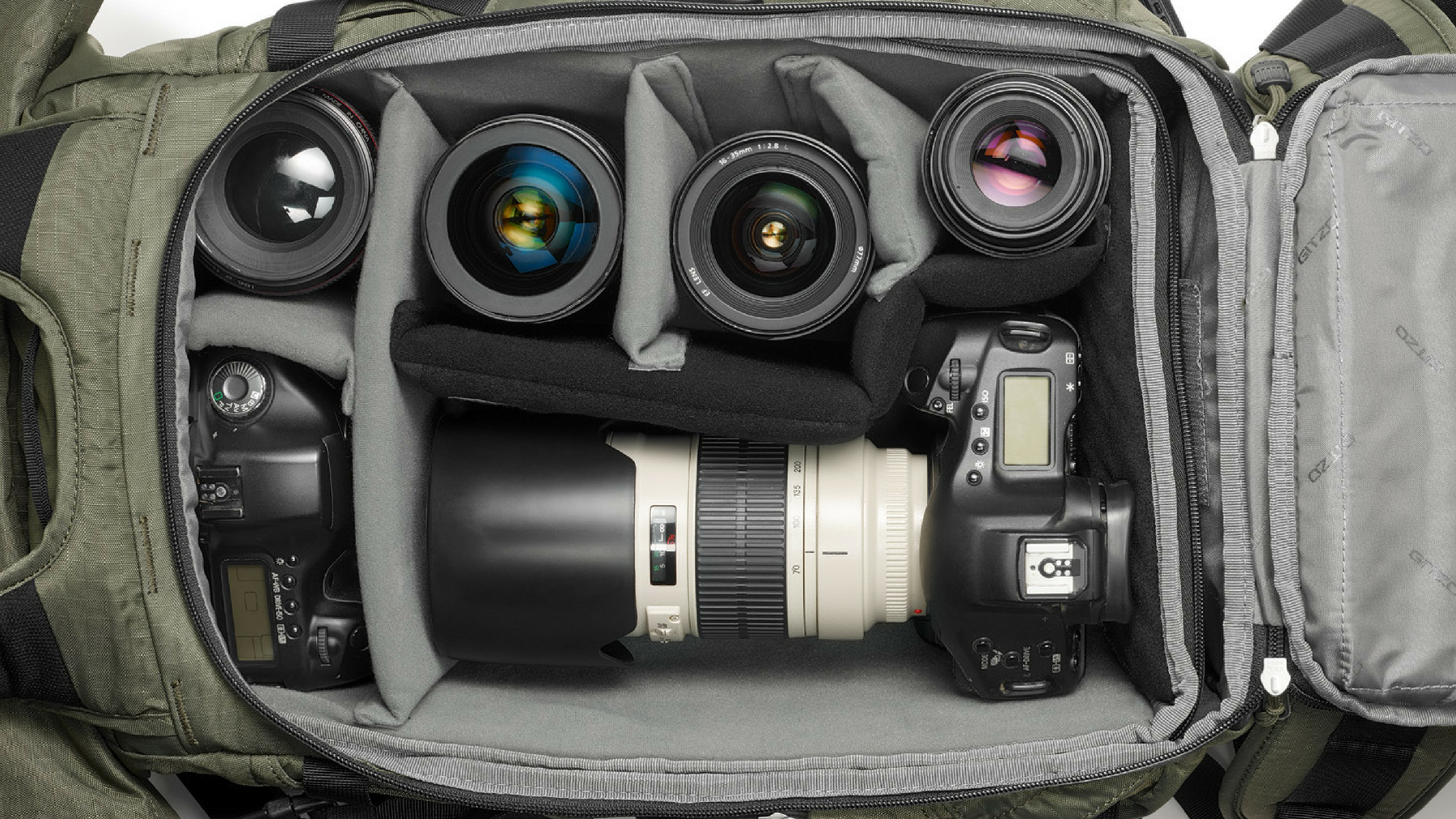
When it comes to finding something to transport your camera gear in, the obvious answer is to purchase a backpack designed especially for the task. There are many models around; some are designed for photographers who need to travel with a couple of tripods, while some have waterproofing, space for dozens of lenses, and even slots for laptops and tablets. There are just as many others that are far more streamlined, with enough room for a DSLR body with lens attached, together with space for a spare lens and a tripod.
However, the DSLR backpack best for short trips is one that has two compartments, one for photography gear and one for personal gear. Although it takes some self-restraint – and definitely means you can only travel with one pair of shoes (worn on the plane) – bags like this allow you to travel with all of your photography gear plus a change of clothes without having to check in luggage.
Before you buy any bag, make sure its dimensions adhere to the airline baggage allowances.
Read more: The best camera backpacks right now
Laptops and tablets
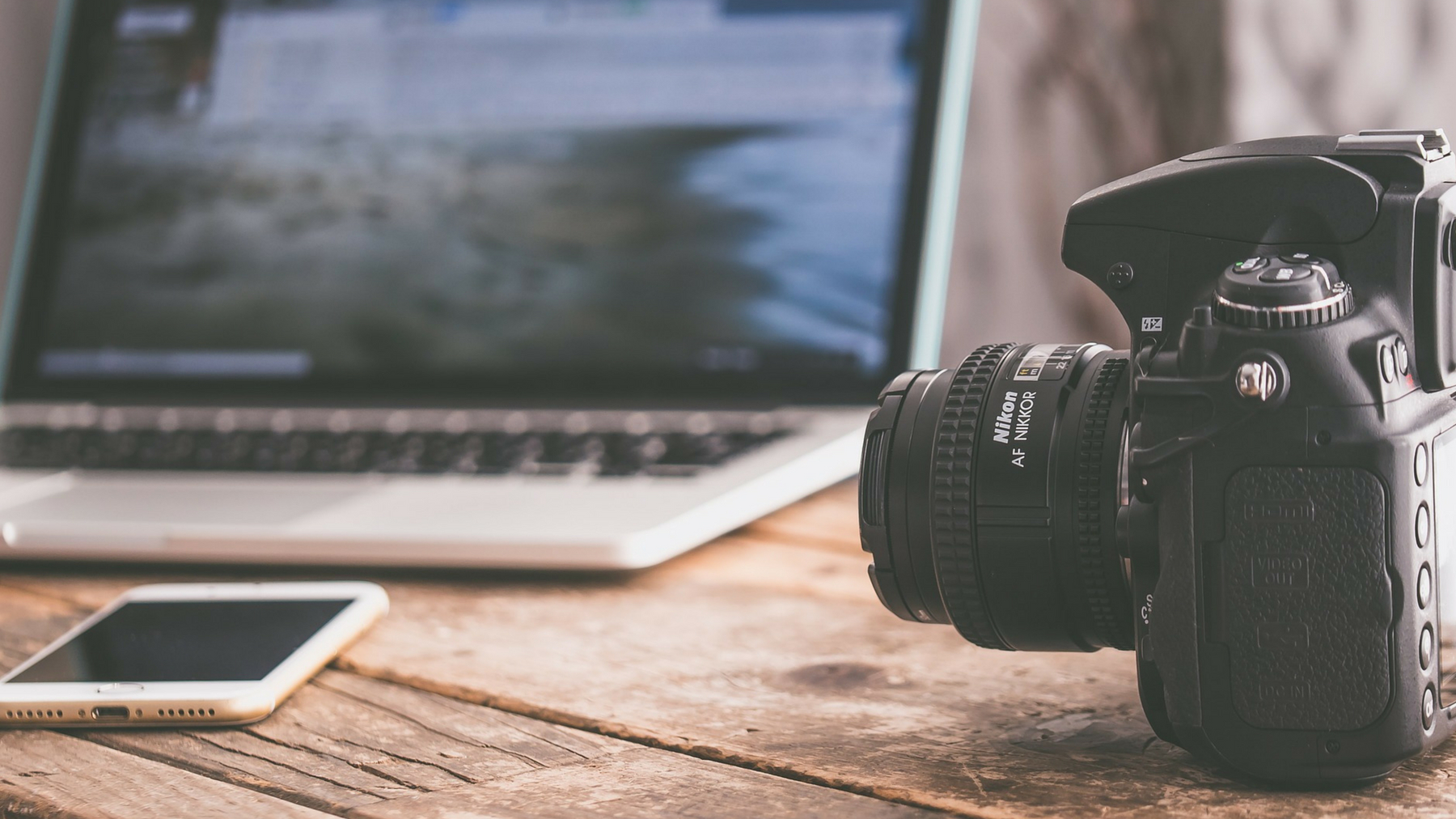
Do you need to take a laptop or a tablet on your photography expedition? Sure, transferring photos to a laptop to enable some serious photo editing while on the go has become common among photographers. So have laptop sleeves integrated into DSLR camera backpacks and bags.
However, most cameras now allow for the wireless transfer of files from the camera to a smartphone via a free app, so if all you intend to do while traveling is to upload an occasional image to Instagram, Facebook or Twitter, don't bother taking a laptop around the world with you.
After all, shouldn’t you be out taking photos rather than sitting in a hotel room with your head in a laptop? Make the best of your time in your location, and worry about editing your photos when you return home.
Of course, sometimes it's necessary to study your photographs to see if you need to return to a location and try different settings. If that's the case, it is possible to do some pretty extensive editing on a smartphone or tablet. Apps including Adobe Lightroom CC, VSCO and Darkroom all now handle Raw files too.
Read more: 15 of the best photo apps: top editing apps for iOS and Android devices
Selecting a tripod
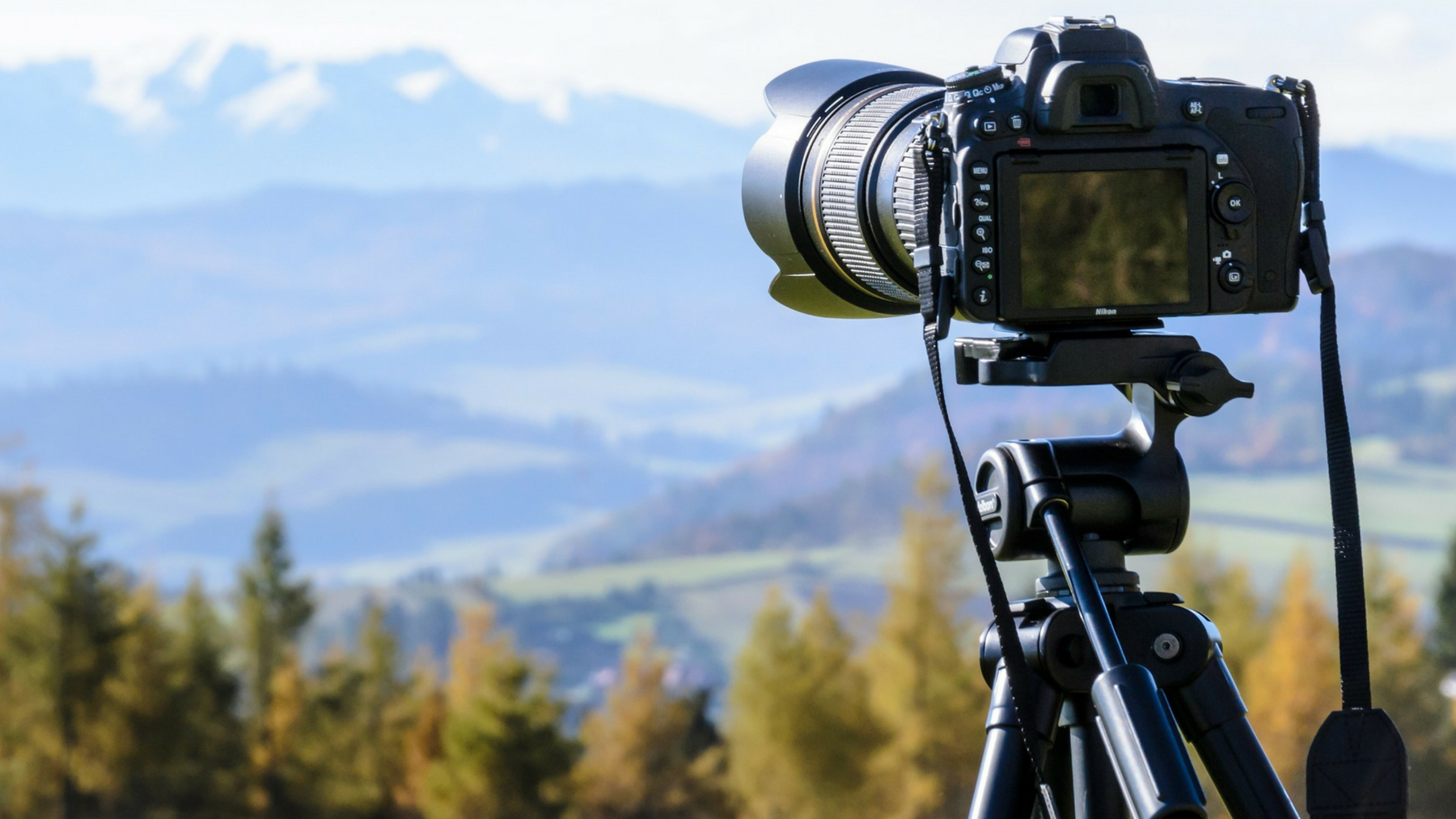
Do you need a tripod? Perhaps you don't, though it's a brave photographer that doesn't travel with something to keep their camera steady enough to capture maximum sharpness.
Firstly, never take anything that weighs more than 400g. Be sure to find one that can cope with the weight of a DSLR, if necessary, which also applies to small tripods with flexible legs that can wrap around tree branches, handrails and perch on irregular surfaces. An even smaller option is to pack a bean-bag tripod, which is best transported as an empty vessel and filled up with sand or small rocks at your destination. Most of these types of tripods attach to the bottom of a camera, but they can also be used to sit beneath a zoom lens.
If you want something a bit more substantial for general landscape or night-sky photography, consider buying a lightweight travel tripod. Be warned though, these can be incredibly expensive because they used advanced, lightweight materials such as carbon fiber. Also be careful about the folded and extended sizes; for ease of travel – and to fit within airline restrictions – no tripod should be longer than 55cm absolute maximum when folded up, while anything shorter that 130cm when extended is likely to be frustrating to use.
Read more: The best tripods for travel
Ditch 'just-in-case' gear
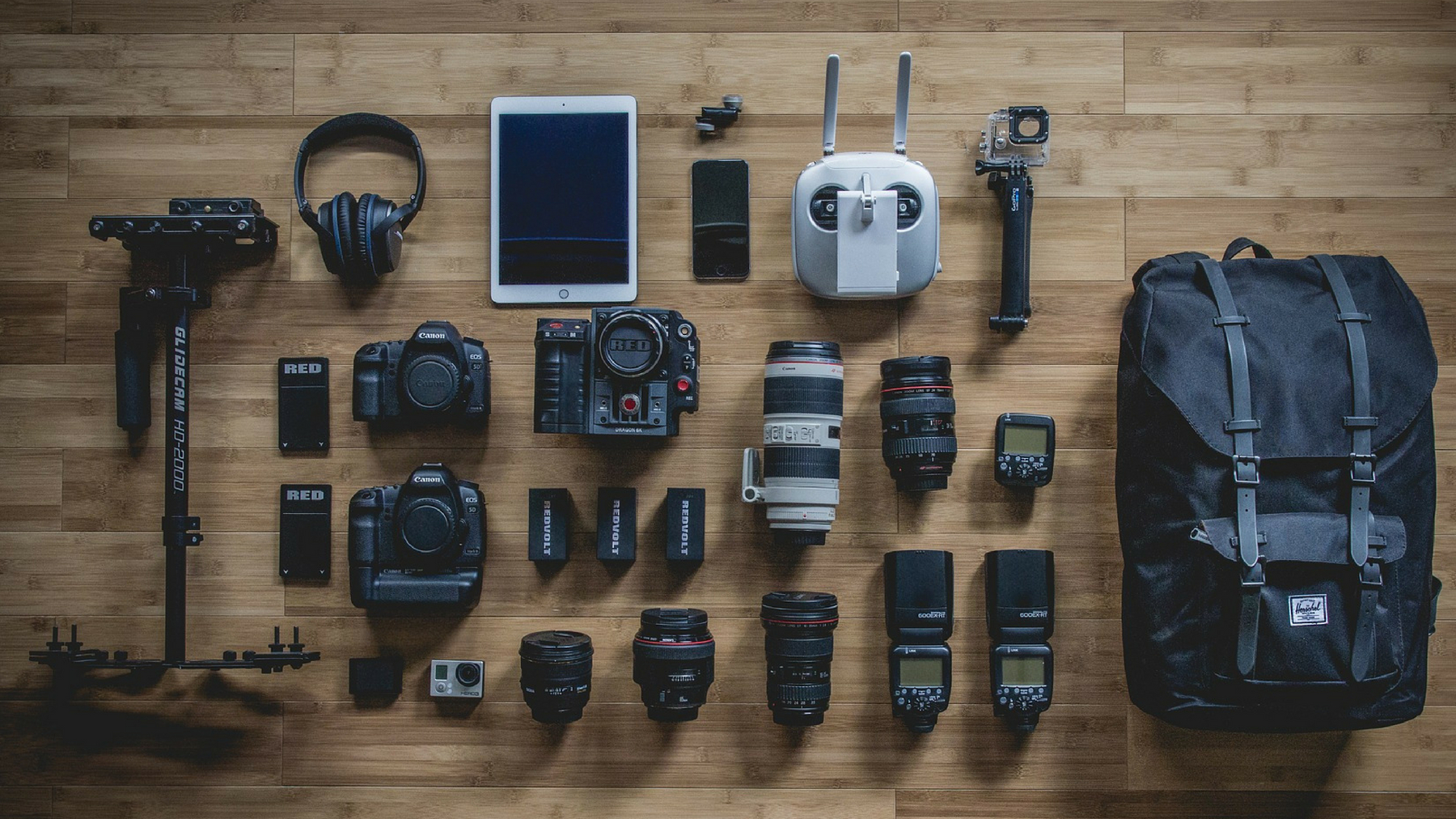
Travel is a time to take tried-and-tested gear, not fiddle about with a new camera or lens, or even a new camera backpack. So empty your camera backpack of all extraneous gear, such as filters, shutter release cables, flashes and, of course, lenses and spare camera bodies that you're not going to take.
However, don't ditch stuff that might be crucial. If you're going to be photographing landscapes, some kind of tripod is essential, as is a rain-cover for your backpack if you're going to be outdoors a lot. Ditto a spare battery, a lens cloth and extra SD cards, none of which are heavy nor hungry for space.
Photography gear is so often a huge burden to lug around, and anything you can leave at home is a big help. Be decisive about bringing one camera body and one lens – and no laptop – and you'll be more mobile and focused on getting as much as possible out of both your camera and your location.
Read more: 10 great travel photography tips
Buyers' guide: The best travel cameras in 2018

Jamie has been writing about photography, astronomy, astro-tourism and astrophotography for over 15 years, producing content for Forbes, Space.com, Live Science, Techradar, T3, BBC Wildlife, Science Focus, Sky & Telescope, BBC Sky At Night, South China Morning Post, The Guardian, The Telegraph and Travel+Leisure.
As the editor for When Is The Next Eclipse, he has a wealth of experience, expertise and enthusiasm for astrophotography, from capturing the moon and meteor showers to solar and lunar eclipses.
He also brings a great deal of knowledge on action cameras, 360 cameras, AI cameras, camera backpacks, telescopes, gimbals, tripods and all manner of photography equipment.
